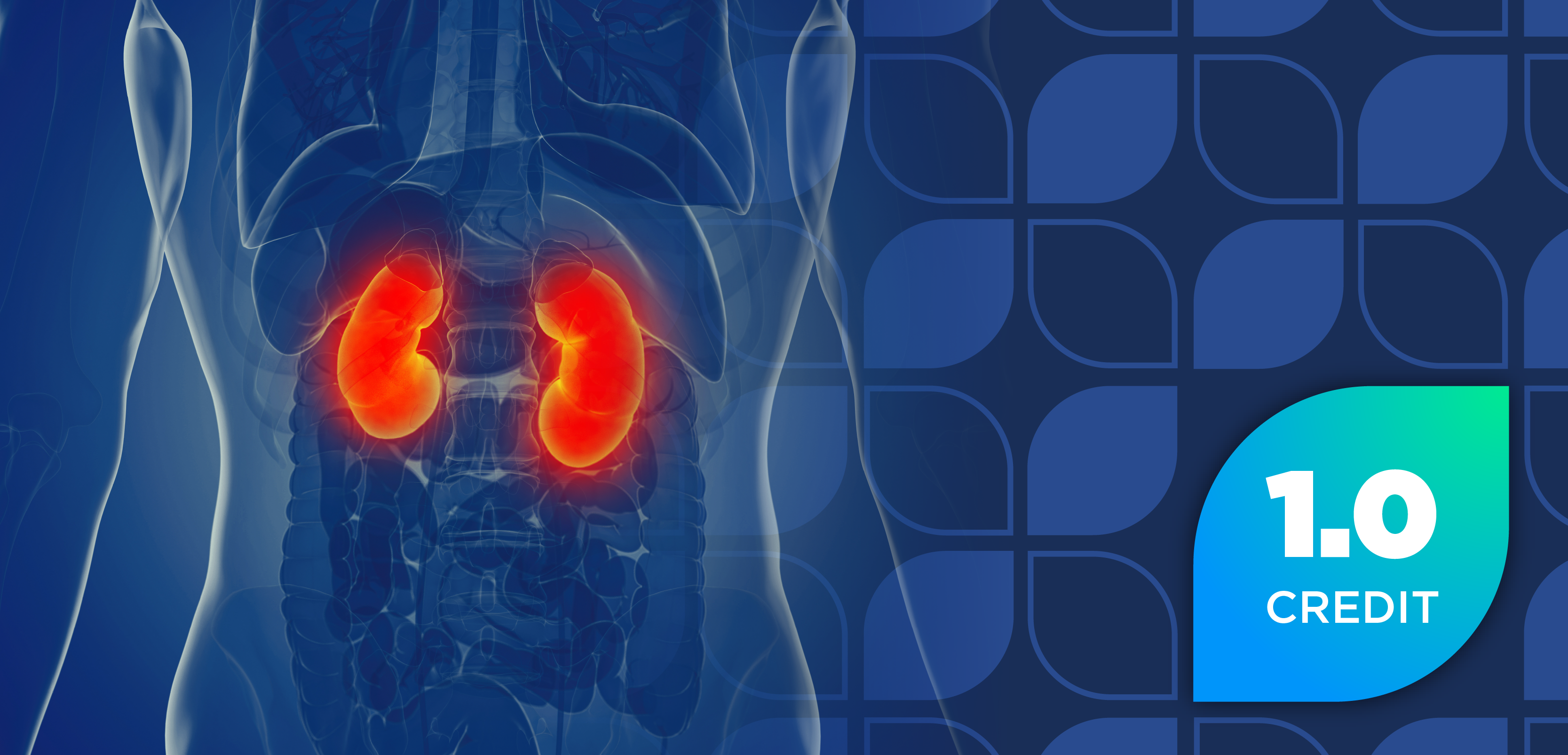
3 Drug Classes That Can Cause Raynaud's Disease
Patients taking drugs from certain classes should be educated about an alarming side effect.
Patients taking drugs from certain classes should be educated about an alarming side effect.
A recent literature review published in the British Journal of Clinical Pharmacology identified 12 total drug classes that can cause Raynaud’s disease, a syndrome in which blood vessels constrict more than normal in response to cold temperatures or stress. The resultant lack of blood flow can cause numbness and pain.
In rare cases, blood circulation to fingers and toes can permanently diminish, leading to deformities. In very extreme, untreated cases, amputation may be necessary.
Drug-induced Raynaud’s is a “probably underestimated drug event,” the review authors hypothesized.
“Careful monitoring must be made and, if possible, alternative therapies that do not alter peripheral blood flow should be considered,” they advised.
Pharmacists should alert patients taking the following common drugs about the potential for this side effect.
1. Cancer Drugs
Drugs used during chemotherapy have long been linked to Raynaud’s.
Specifically,
Additionally, evidence suggests “a possible involvement of
2. Beta-Blockers
Like chemotherapy agents,
3. Migraine Medications
According to the National Heart Lung and Blood Institute (NHLBI), the following risk factors may also play role in a patient’s odds of developing Raynaud’s:
- Gender
- Age
- Family history
- Living in cold temperatures
- Having certain diseases and conditions that can directly damage the arteries or nerves that control arteries, such as rheumatoid arthritis or lupus
- Exposure to workplace chemicals, such as vinyl chloride
- Smoking
Newsletter
Stay informed on drug updates, treatment guidelines, and pharmacy practice trends—subscribe to Pharmacy Times for weekly clinical insights.

















































































































































































































